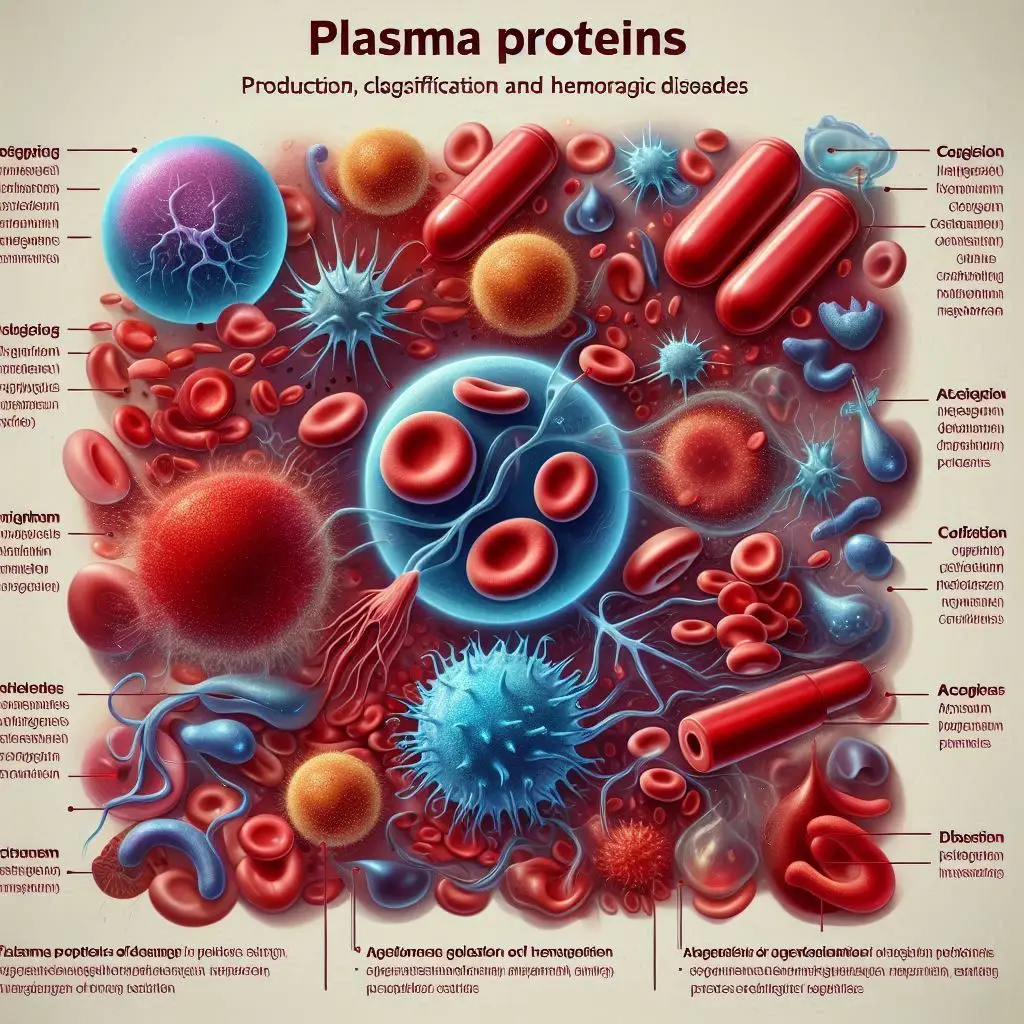Anticoagulation in Animals

Understanding Blood Coagulation
Blood coagulation involves a series of complex biochemical reactions. These reactions help form a stable clot at the site of injury. The process can be broken down into several stages:
- Vascular Spasm: When a blood vessel is injured, it constricts to minimize blood loss.
- Platelet Plug Formation: Platelets adhere to the injury site and aggregate to form a temporary plug.
- Coagulation Cascade: This cascade involves clotting factors that lead to the conversion of fibrinogen into fibrin. Fibrin forms a mesh that stabilizes the platelet plug.
- Clot Retraction and Repair: The clot contracts and helps initiate tissue repair.
Types of Coagulation Factors
Coagulation factors are proteins that play essential roles in the clotting process. They are typically categorized into:
- Intrinsic Pathway Factors: These factors are activated by damage to blood vessels.
- Extrinsic Pathway Factors: These factors are activated by external trauma.
- Common Pathway Factors: Both pathways converge here to form fibrin.
The Importance of Anticoagulants
Anticoagulants disrupt the normal coagulation process. They are used to prevent or treat conditions where blood clots form excessively. In veterinary medicine, anticoagulants are crucial for managing thromboembolic disorders.
Types of Anticoagulants Used in Animals
Anticoagulants can be classified into several categories based on their mechanism of action:
1. Vitamin K Antagonists
- Examples: Warfarin and brodifacoum.
- Mechanism: These drugs inhibit vitamin K-dependent clotting factors, affecting the clotting cascade.
- Use: Commonly used for rodenticide poisoning cases in pets.
2. Heparins
- Unfractionated Heparin (UFH):
- Administered intravenously or subcutaneously.
- Requires close monitoring due to its narrow therapeutic index.
- Low-Molecular-Weight Heparins (LMWH):
- Examples include enoxaparin and dalteparin.
- Have more predictable pharmacokinetics than UFH but may require more frequent dosing in dogs and cats.
3. Direct Oral Anticoagulants (DOACs)
- Examples: Rivaroxaban and apixaban.
- Mechanism: Directly inhibit Factor Xa, offering ease of use with fewer monitoring requirements compared to traditional anticoagulants.
Applications of Anticoagulant Therapy
Anticoagulant therapy is widely used in veterinary medicine for various conditions:
Thromboembolic Disorders
Thromboembolic diseases occur when blood clots obstruct blood vessels. These conditions can lead to severe complications or even death if not treated promptly.
- Signs: Symptoms may include sudden lethargy, difficulty breathing, or limb swelling.
- Diagnosis: Diagnosis often involves imaging techniques like ultrasound or CT scans.
Surgical Procedures
During surgeries, anticoagulants help prevent thrombosis by maintaining proper blood flow.
Research Settings
In laboratory settings, anticoagulants are essential for studying various conditions without confounding variables caused by clot formation.
Monitoring Anticoagulant Therapy
Monitoring is critical when administering anticoagulants due to potential side effects like bleeding complications. Common tests include:
- Activated Partial Thromboplastin Time (aPTT): Measures the time it takes for blood to clot.
- Anti-Xa Activity Assays: Used specifically for heparins.
Risks and Considerations
While anticoagulants provide significant benefits, they also carry risks:
- Bleeding Complications: Overdosing can lead to severe hemorrhage or even death.
- Monitoring Needs: Regular monitoring is essential to adjust dosages appropriately.
- Drug Interactions: Other medications may affect how anticoagulants work.
Preventive Measures
Preventing thromboembolic disorders often involves lifestyle changes:
- Ensure regular exercise for pets.
- Maintain a balanced diet low in fats and cholesterol.
Conclusion
Anticoagulation therapy plays a vital role in managing blood coagulation disorders in animals. Understanding the mechanisms behind coagulation and the types of anticoagulants available is crucial for effective treatment. With proper monitoring and care, veterinarians can significantly improve outcomes for pets suffering from thromboembolic conditions.
For more pearls of Vets Wisdom:
https://wiseias.com/partitioning-of-food-energy-within-animals/




Responses